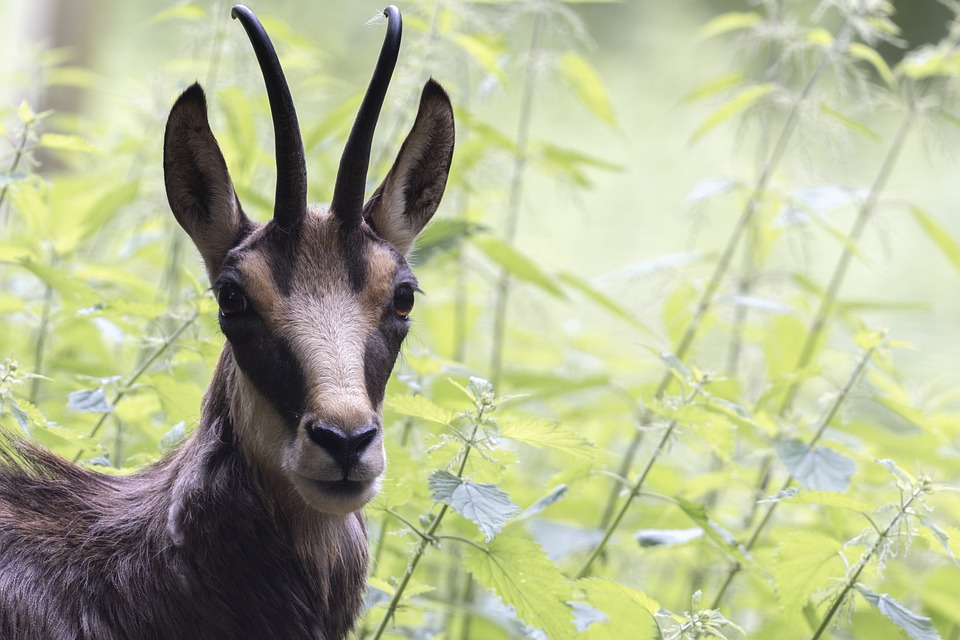In a rapidly evolving global landscape, the preservation of regional customs and traditions has become a crucial endeavor to maintain cultural diversity and heritage. As the world becomes more interconnected, there is a growing concern about the loss of unique customs that have been passed down through generations. In this article, we will explore the challenges and opportunities of preserving regional customs in the modern world, and how individuals and communities can work towards safeguarding these important aspects of their cultural identity.
The Historical Context of Regional Customs
Regional customs and traditions have long played a significant role in shaping the identity of communities around the world. These customs often reflect the history, beliefs, values, and practices of a particular group of people, serving as a source of pride and connection to their heritage. From traditional dances and music to culinary traditions and religious ceremonies, regional customs encompass a wide range of cultural practices that have been passed down from one generation to the next.
Throughout history, regional customs have faced challenges such as colonization, globalization, and modernization, which have threatened their survival. As societies become more interconnected, there is often a push towards homogenization, where local customs are overshadowed by global trends. In some cases, regional customs have been actively suppressed or marginalized, leading to a loss of cultural diversity and identity.
The Current State of Regional Customs
In the face of these challenges, many individuals and communities are taking proactive measures to preserve and promote their regional customs. From grassroots initiatives to government-funded programs, there is a growing recognition of the importance of safeguarding cultural heritage for future generations. In some cases, UNESCO has designated certain regional customs as Intangible Cultural Heritage, providing them with international recognition and protection.
Despite these efforts, regional customs continue to face threats from various sources, including rapid urbanization, changing social norms, and environmental degradation. For many communities, the transmission of traditional knowledge and skills is at risk, as younger generations increasingly prioritize modern lifestyles over their cultural heritage. In order to address these challenges, innovative approaches and collaborations are needed to ensure the sustainability of regional customs in the modern world.
Preserving Regional Customs: Strategies and Best Practices
Preserving regional customs requires a multi-faceted approach that addresses the cultural, social, economic, and environmental aspects of these traditions. Here are some strategies and best practices for safeguarding regional customs in the modern world:
-
Education and Awareness: Schools, museums, and cultural institutions play a key role in educating the public about the importance of regional customs and traditions. By integrating these topics into educational programs and exhibitions, we can raise awareness and appreciation for cultural diversity.
-
Community Involvement: Engaging local communities in the preservation of their regional customs is essential for long-term sustainability. Community-led initiatives, such as cultural festivals, workshops, and heritage tours, can help to strengthen social bonds and transmit cultural knowledge to future generations.
-
Digital Preservation: The use of digital technology, such as virtual reality and online archives, can provide new opportunities for preserving and sharing regional customs with a global audience. By documenting traditional practices and creating digital resources, we can ensure that these traditions are accessible to a wider audience.
-
Collaboration and Networking: Building partnerships with other organizations, governments, and experts in the field of cultural heritage can help to leverage resources and expertise for preserving regional customs. Collaboration on research projects, funding initiatives, and policy development can support the long-term sustainability of these traditions.
- Policy and Advocacy: Governments and policymakers can play a crucial role in protecting and promoting regional customs through legislation, funding, and cultural diplomacy. By enacting policies that support cultural heritage preservation, we can create a conducive environment for the continued practice and celebration of regional customs.
The Future of Regional Customs: Challenges and Opportunities
Looking ahead, the future of regional customs faces both challenges and opportunities in the modern world. Rapid urbanization, globalization, and climate change will continue to impact traditional practices, requiring innovative solutions to adapt to new realities. At the same time, advancements in technology and communication offer new avenues for preserving and promoting regional customs on a global scale.
One of the key challenges moving forward is ensuring the sustainability and inclusivity of regional customs in an increasingly interconnected world. As communities grapple with social, economic, and environmental pressures, there is a need for holistic approaches that balance tradition and innovation. By harnessing the power of collaboration, creativity, and resilience, we can overcome these challenges and build a future where regional customs thrive alongside modernity.
Conclusion
In conclusion, the preservation of regional customs is a shared responsibility that requires collective action and commitment from individuals, communities, governments, and organizations. By recognizing the value of cultural diversity and heritage, we can work together to ensure that regional customs remain vibrant and relevant in the modern world. Through education, community involvement, digital preservation, collaboration, and advocacy, we can safeguard these important aspects of our cultural identity for generations to come.
Thank you for taking the time to explore the topic of preserving regional customs with us. We hope that this article has inspired you to learn more about the rich tapestry of cultural heritage around the world and to consider how you can contribute to its preservation. For further resources and information on this topic, we recommend exploring the websites of UNESCO, cultural heritage organizations, and local community groups dedicated to safeguarding regional customs. Together, we can keep the past alive in the present and future.
